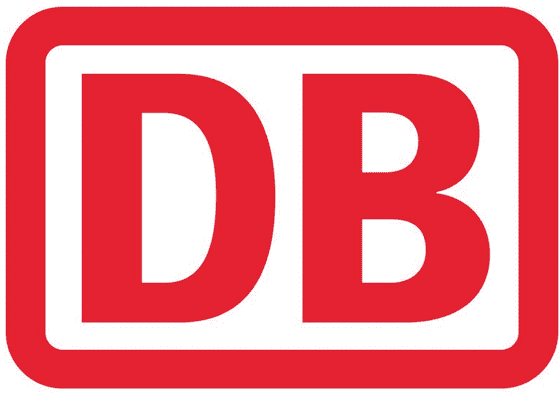Single point of Truth for Germany’s train passengers

In 2015, the organisation Passenger Information of Deutsche Bahn (DB) launched an extensive project to improve the quality of passenger information, that would benefit all rail customers travelling in Germany.
DB Passenger Information and a variety of experts like our affiliate Orange Business worked together on creating a central data platform for the Deutsche Bahn that distributes information consistently across all connected channels. Based on Big Data technologies on top of Amazon Web Services (AWS), the passenger information in DB’s mobile app is now synchronized with the display board on the platform and any other information channels facing the customers.
Tracking at least 60 million events per day
The biggest challenge of the project lies in DB’s highly complex, safety-critical environment. Every day in DB’s network around 60 million tracking incidents occur and are processed by the platform. In view of the enormous volume of data, the capacities required for near-real-time data processing and the need for access from different locations, it was clear from the outset that the new application would have to be developed and operated entirely in the cloud. The decision to do this in cooperation with AWS was made very early on, as their infrastructure and services optimally meet the requirements of Deutsche Bahn.
CI/CD pipe line helped on the way
The primary task was to implement the Single Point of Truth, which distributes the information consistently across all information channels and touchpoints. However, the initial situation had a few challenges. For example, the data had to be acquired from numerous different sources, some with very complex interfaces. Protocols and data formats from proprietary solutions were partly obsolete, which made consolidation even more difficult. At the same time, technological consistency also had to be implemented, thanks to an automated CI/CD pipeline (Continuous Integration and Continuous Delivery), system interruptions or unavailability have now been virtually eliminated.
Where are the trains? – without GPS signals
Another challenge was that the trains are not clearly marked, a GPS signal is only available for a few models. It is also difficult to identify which physical wagon is located at which point. Due to this highly complicated business logic, it was extraordinarily time-consuming to connect the data to the SPOT.

“It took us a while to acquire the necessary domain knowledge we needed to work the complex technical contexts into the platform,”
says Tobias Buser, Teamlead Development in Applications at Orange Business.
He’s excited to be part of such a challenging project of digital transformation.
Machine Learning for accuracy
In particular, the division and unification of trains is not easy to represent logically. For this reason, the project uses machine learning to identify, for example, in which direction a train travels, where it separates or merges.
The corresponding system architecture which is based on a timetable builder had to be developed. It generates a complete target timetable, combining the customer timetable and the so-called operating timetable. This target timetable is used to create short-term timetable changes as well as real-time data such as train position messages from the track sensors.
“For the first time, we were able to generate a consolidated view of data from completely independent systems,” explains Tobias Buser.
Microservices for consolidating data sources
Microservices are now used to consolidate data from various sources, evaluate it and then stream it consistently to information channels such as platform displays and kiosk systems at stations or the DB Navigator. One of the first customer-effective milestones: track changes are now recognized more reliably and measurably earlier with the help of the processed data.
New passenger information platform

The basis part of the project has been realized so far, the “really cool” features will follow in the next years. The platform is already running 24/7 and is able to provide all systems with information. The next concrete step is to roll-out the “hardware” new passenger information platform.
Contact us